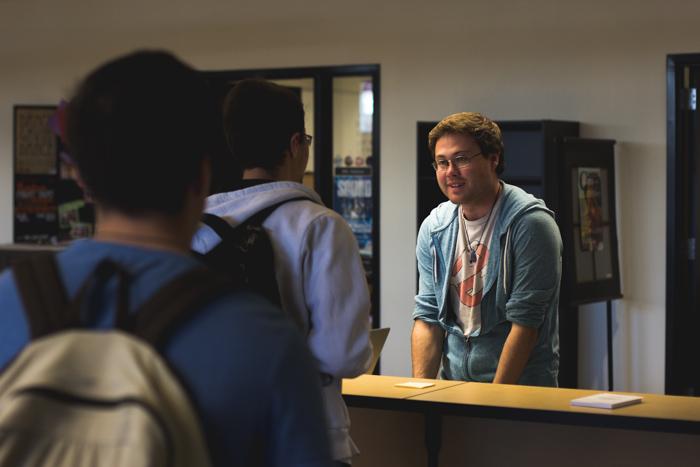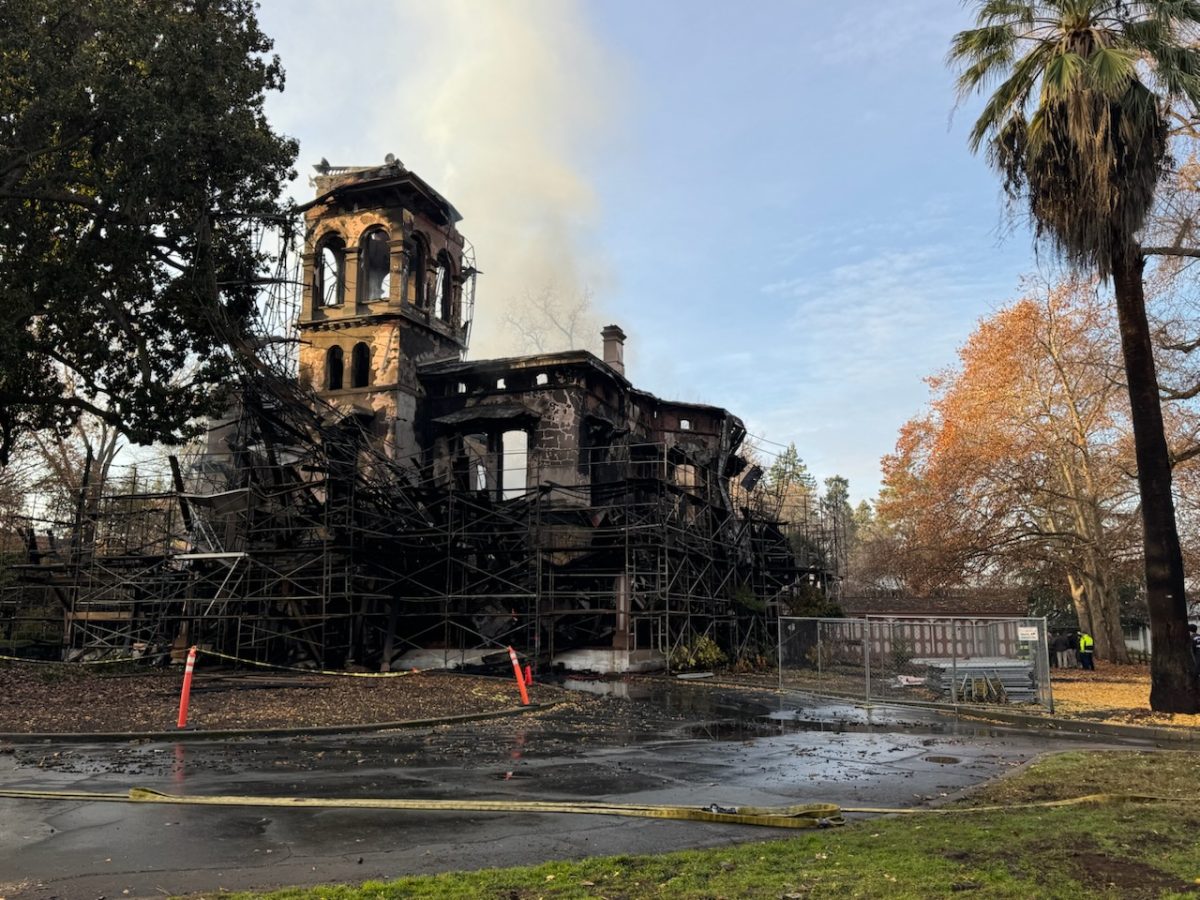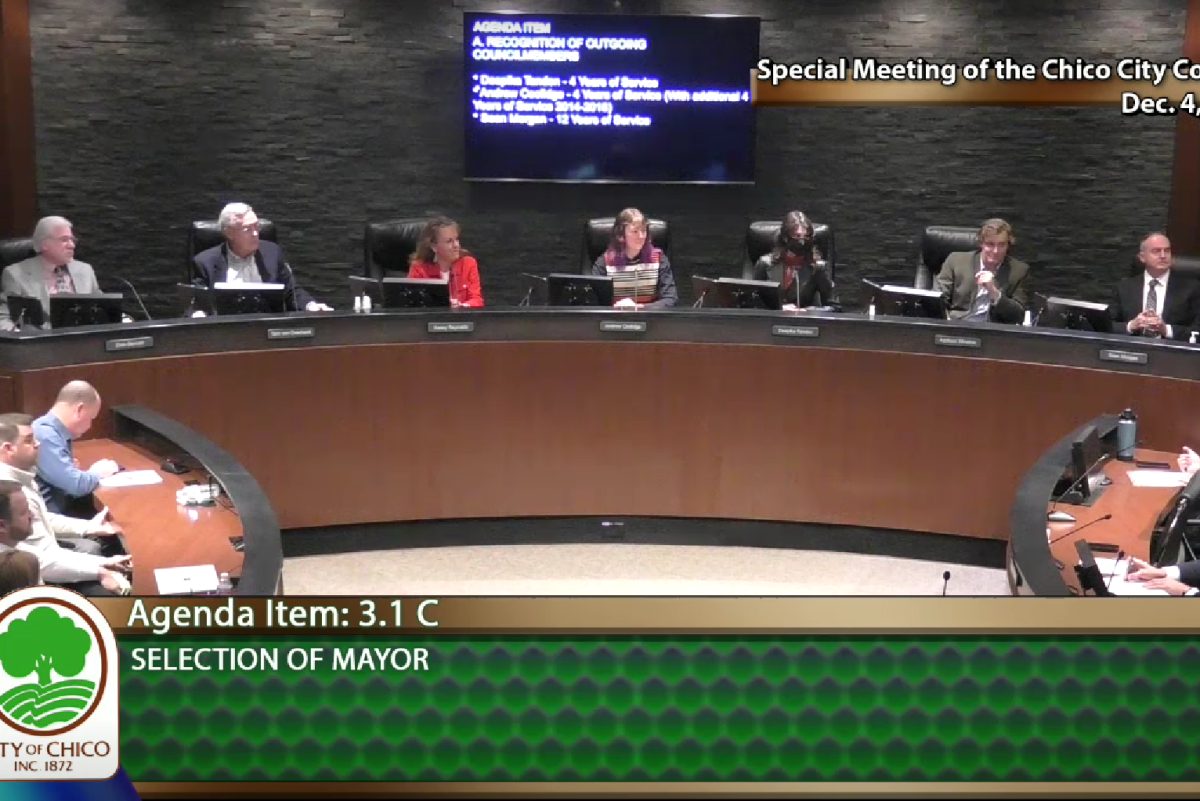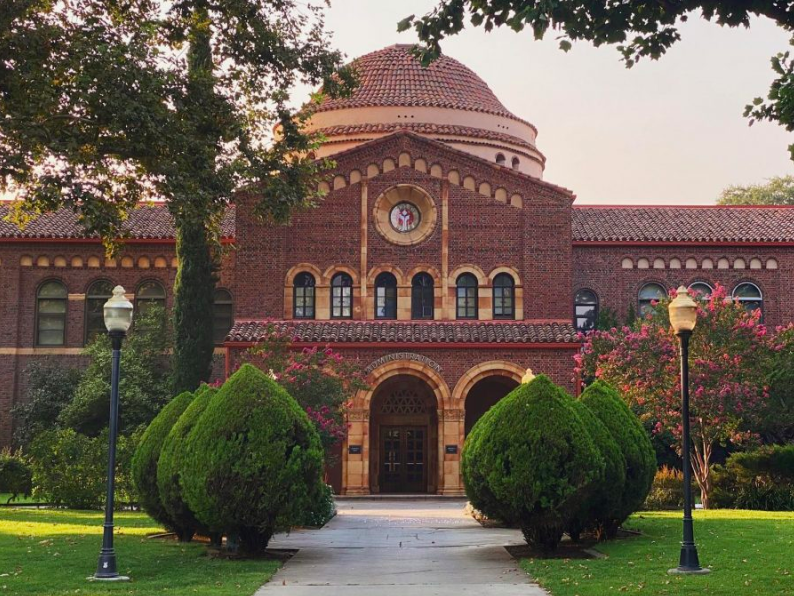
Many students may not realize that A.S. it not an island unto itself and in fact partners closely with state-funded workers to produce the programs available on campus.
The Wildcat Recreation Center has four state workers and Student Life and Leadership has eight, not including student staff. The Cross-Cultural Leadership Center is also an A.S.-funded program, but the employees are funded by the state.
Mary Wallmark is the program coordinator for Student Life and Leadership and is one of the many state workers at Chico State who works in an Associated Students building.
Wallmark works with student organizations in leadership education, the Wildcat Leadership Institute and the Wildcat Welcome team. She started her career at Chico State in 1997 as the head women’s volleyball coach, then moved to director of sport clubs and recreational sports.
A lot of similarities can be found between the state side and A.S. side. Both have the same mission and goals, but they go about handling them a bit differently.
“For a student, they don’t care who it is,” Wallmark said. “They just want the help, or they want the resources, or they want the workshop. So if we’re really being student-friendly and student-centered, then we blob those things together instead of ‘let’s play find the office.’ In this case, the Associated Students doesn’t have to pay for our positions right? They don’t pay my salary, but they support the mission of what I’m doing on behalf of the state.”
A.S allows state workers like Wallmark to use its buildings and space to help facilitate many on-campus student activities.
A.S. can’t afford to sponsor everything, so the idea of letting in state workers to help run and fund certain student-friendly projects only made sense, Wallmark said.
The WREC is an example of another A.S. facility that state-sponsored programs are held in.
Steve Riccomini, director of intramural sports at the WREC, and other state workers utilize the facility, but do so in a way so that they are not taking up too much of the WREC’s space.
“I love the fact that we do have a good marriage,” Riccomini said. “So it allows the intramural sports program to grow and to prosper with help and assistance with using the great facilities that are in the WREC.”
The state organization Recreational Sports worked alongside student government to help pass the referendum that approved the creation and building of the WREC.
A few differences between the state side and A.S. come up in regard to human resources. Each is governed by different rules, and there are steps and procedures workers have to go through for certain protocols.
Kendall Ross is the sports club and program coordinator at the WREC and advises the 19 competitive sports clubs at Chico State.
When club teams travel, they need to file through campus human resources, whereas when A.S. travels, they file through their own human resources, Ross said. The documents being filled out may look different, but they are all both collecting the same information and are just going to two different places.
But the main difference between the two systems is the funding.
Club programs are funded by the state through Instructionally Related Activity funds, while A.S. money comes from student fees.
However they obtain funds though, both groups have certain activities or initiatives that only they can fund.
By state law, Ross is required to be employed by the state to help manage and facilitate the WREC club teams.
“Between Recreational Sports and the WREC, we all have really good working relationships with each other,” Ross said. “We just want to offer programs to students, and we don’t care who’s getting the credit for offering those. We just want the students to live healthy lives and be involved on campus and get out and do stuff.”
Kristina Martinez can be reached at [email protected] or @theorion_news on Twitter.








